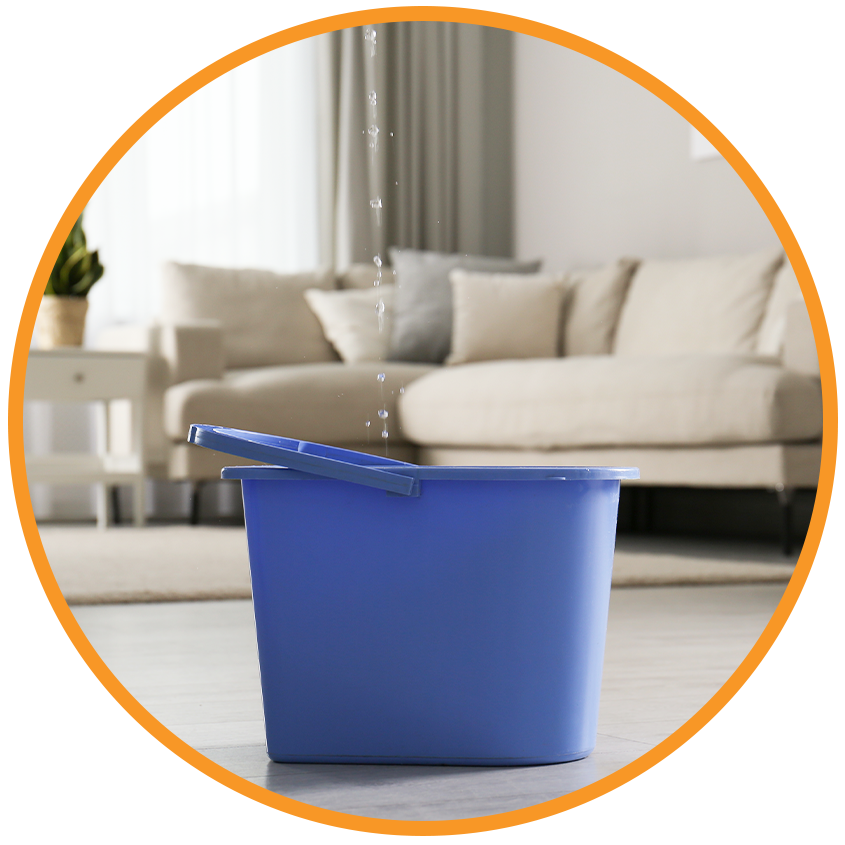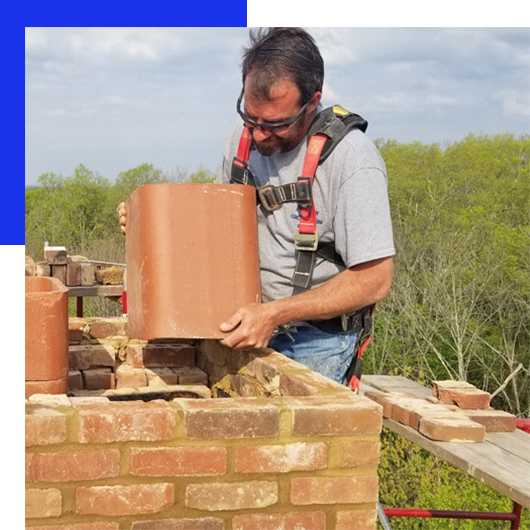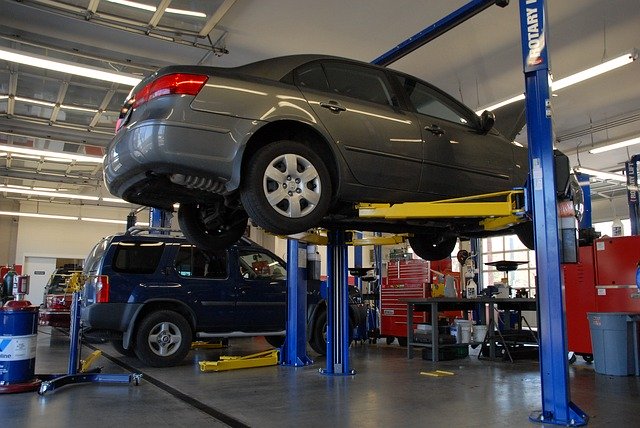The Swift Destruction of Water Damage: A Homeowner’s Guide to PreventionThe Swift Destruction of Water Damage: A Homeowner’s Guide to Prevention

The Swift Destruction of Water Damage: A Homeowner’s Guide to Prevention
Water damage can have devastating effects on a home, causing not only structural issues but also health hazards due to mold and mildew. The crucial element in protecting your home lies in understanding how quickly water can inflict damage and implementing effective water damage prevention strategies. This comprehensive guide will provide insight into the rapid consequences of water damage and detailed steps to safeguard your home. Regular
can help identify areas vulnerable to water damage before serious issues arise.
The Urgency of Water Damage: How Fast Can It Happen?
Time is of the essence when dealing with water damage. Understanding the timeline of how quickly water can cause issues can help homeowners act swiftly to minimize damage. One of the most crucial aspects of
is maintaining proper ventilation throughout your home.
The Speed at Which Water Causes Damage
Different materials absorb water at various speeds, impacting how quickly damage manifests. Here’s a look at the damage timeline:
Wood: Begins to swell and warp within 24 to 48 hours of exposure. Extended exposure can lead to deterioration and structural weakness.
Drywall: Can become compromised in a matter of hours, especially in areas of consistent leakage or flooding.
Carpet: Moisture can lead to mold within 24 to 48 hours, posing a health danger to inhabitants.
Common Sources of Water Damage
Identifying potential sources of water damage is fundamental to effective water damage prevention. Here are a few:
Broken Pipes: One of the leading causes of water damage. Regular inspections can help detect leaks early.
Roof Leaks: Weather variations can lead to shingles lifting and water entry.
Overflowing Appliances: Washing machines and dishwashers can malfunction, causing spills.
Flooding: Hurricanes or heavy rains can quickly overwhelm drainage systems, leading to extensive water intrusion.
Environmental Factors Influencing Water Damage
The environment in which your home exists can also affect how quickly water causes damage. Key factors to consider include:
Humidity Levels
High Humidity: Elevated moisture levels can accelerate water absorption in building materials, increasing the risk of mold growth.
Ventilation: Proper ventilation helps control indoor humidity, making it easier to manage moisture levels.
Temperature
- Warm Environments: Warm conditions can cause water to evaporate quickly, contributing to a cycle of moisture retention and damage if not managed properly.
Effective Water Damage Prevention Techniques
Forethought and preparedness can be your allies in water damage prevention. Here are some strategies to keep your home dry and safe:
Routine Maintenance
Inspect Plumbing: Regularly check pipes and plumbing fixtures for wear and leaks.
Clean Gutters: Ensure gutters and downspouts are free from blockages to prevent water overflow.
Check the Roof: Inspect for missing or damaged shingles and ensure proper sealing around chimneys and vents.
Install Water Detectors
Early Warning Systems: Consider placing water detectors near potential trouble spots like appliances and basements. These small devices can alert you to leaks before they escalate.
Smart Technology: Invest in smart home systems that can notify you via your smartphone in case of water intrusion.
Create an Emergency Response Plan
Know Key Contacts: Having the contact information of plumbers and restoration professionals readily available can expedite your response.
Educate Family Members: Ensure that everyone in your household knows how to respond in case of a water emergency, including shutting off the main water supply.
Frequently Asked Questions About Water Damage Prevention
How quickly can water damage occur?
Water damage can start within a few hours, depending on the source and materials involved. Areas like carpets and drywall are particularly vulnerable within the first 24 to 48 hours.
What are the signs of water damage in my home?
Common signs include stained walls or ceilings, a musty odor, peeling paint, and mold growth. Early detection is crucial for effective water damage prevention.
How can I tell if my home is at risk?
Consider factors such as the age of plumbing, history of leaks, climate conditions, and proximity to flood zones. Regular inspections can help you identify vulnerabilities.
What should I do if I experience water damage?
Act immediately by shutting off the water supply, moving valuables to a dry area, and contacting a professional restoration service to address the damage swiftly.
How can I prevent mold after water damage?
To prevent mold, dry affected areas within 24 hours. Use dehumidifiers and fans and ensure proper ventilation to eliminate moisture.
Conclusion: The Importance of Water Damage Prevention
Water damage prevention should be a top priority for all homeowners, as it can lead to serious issues that not only harm your property but also pose health risks to your family. Understanding the speed at which water can cause damage is crucial; even small leaks can escalate quickly into major problems if not addressed promptly. Your approach to
should include regular checks and timely responses to any signs of damage.
One of the most effective strategies for preventing water damage is regular maintenance. This includes inspecting your roof for leaks, ensuring that gutters and downspouts are clear of debris, and checking plumbing fixtures for any signs of wear or leaks. Additionally, it’s wise to keep an eye on areas prone to moisture, such as basements and bathrooms, and to invest in quality waterproofing solutions.
Implementing a comprehensive plan for water damage prevention also involves educating yourself and your family about the risks. Knowing the signs of potential water damage can empower you to take immediate action—whether that means turning off the water supply or calling in a professional to assess the situation.
Prompt action is critical. If you notice water pooling in places it shouldn’t, or if you smell dampness and mildew, address these issues as soon as possible. The sooner you act, the less likely you are to experience extensive damage that could lead to costly repairs and disruptions.
Staying vigilant and proactive is key to safeguarding your home from the dangers of water damage. Engage in regular property assessments, invest in water detection systems where necessary, and create an emergency response plan for potential flooding events. By taking these steps, you not only protect your investment but also enhance the health and safety of your living environment.



